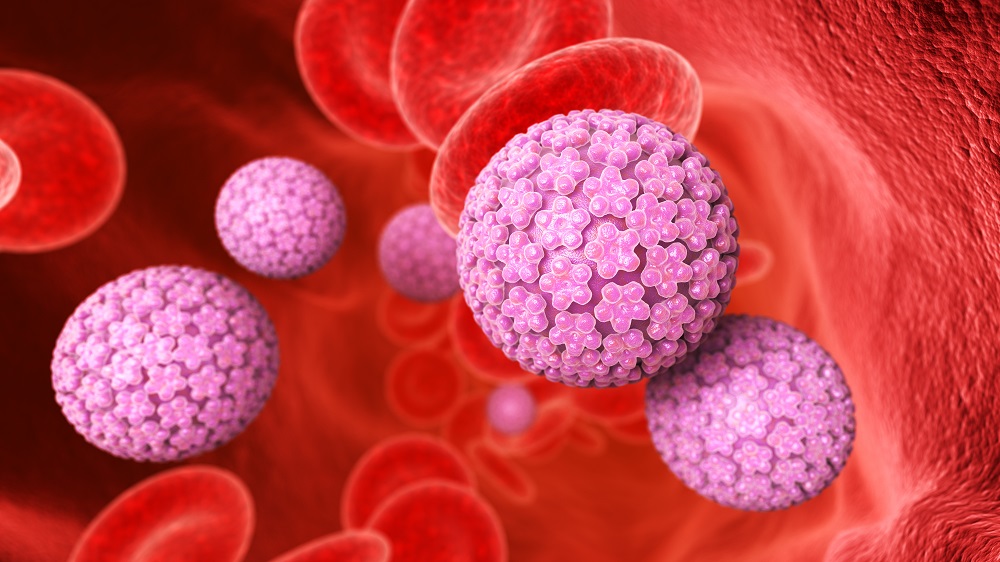Sexually transmitted infections: it’s a topic many people prefer to avoid but shouldn’t. Did you know that the CDC estimates one in five Americans has a sexually transmitted infection?
And according to the World Health Organization, more than 1 million sexually transmitted infections (STIs) are acquired per day globally.
It’s important to remember that STIs are surrounded by a lot of stigmas. For many years, STIs were often considered shameful, embarrassing, and life-ruining. But STIs are a part of our lives, and millions of people live a normal life with an STI.
While most STIs are very treatable, and some are curable, it’s important to prevent their spread. To help curb the spread of STIs, education is key. We need to discuss the types of STIs and how to prevent STIs.
Through education and understanding, we can help improve the lives of people living with sexually transmitted infections and prevent widespread sexually transmitted infection outbreaks. Keep reading to learn more.
What is a Sexually Transmitted Infection?
Sexually transmitted infections are infections passed through sexual intercourse. STIs can be viruses or bacteria.
While vaginal or anal intercourse is the most common way to contract an STI, it can also be passed through oral sex or contact with broken skin. This means activities like sharing needles can also pass an STI from one person to another.
Although there is still a lot of stigma around STIs even today, it’s important to remember that any sexually active person can potentially contract an STI. By having open and honest conversations about STIs, we can work together to reduce STI transmission and stigma for people living with an STI.
STI vs. STD: What’s the Difference?
An STI is a sexually transmitted infection, while an STD is a sexually transmitted disease. Both these terms address infections/diseases passed through sexual intercourse.
Sexually transmitted diseases all begin as sexually transmitted infections. Not all infections become diseases, but some do. A main difference between the two is that typically an STD is symptomatic, while an STI is not.
An STI may progress into an STD, and that’s when the patient will experience symptoms. This is why you may hear types of STIs, also referred to as STDs.
There are many types of STIs and STDs, but we’ve listed the most common in this article.
1. Papillomavirus (HPV)
The human papillomavirus, also known as HPV, is the most common STI in the United States. HPV has hundreds of strains, out of which forty are sexually transmitted.
The CDC estimated there were 43 million HPV infections in 2018 alone. One of the reasons HPV is so widespread is because most people with HPV don’t experience any symptoms.
It’s possible to live with HPV and never know you have it. However, some strains of HPV cause genital warts and cervical cancer. Men and women are both susceptible to genital warts from HPV.
It’s important to note that there is no test to screen for asymptomatic HPV. This is why it’s so crucial to use condoms even if you have received a negative STD test.
Most people discover they have HPV if they develop genital warts. Or, women who have abnormal pap test results may be diagnosed with HPV.
Gardasil 9 is a very effective vaccination against HPV and available throughout the United States. The CDC recommends children ages 11 to 12 receive vaccinations before becoming sexually active, and all adults 26 and under get vaccinated.
Adults over 27 should speak to their medical professional about getting vaccinated for HPV. Gardasil 9 is a safe and effective way to prevent HPV, genital warts, and 90% of cervical cancer cases.
2. Chlamydia
Chlamydia is a bacterial infection transmitted through sexual intercourse. The CDC estimates there were four million chlamydia infections in 2018.
Many people with chlamydia are asymptomatic or are initially asymptomatic, so many cases go unreported. Typically, people with chlamydia will eventually develop symptoms.
These symptoms include:
- Abnormal vaginal discharge
- Discharge from the penis
- Pain during urination
- Pain, discharge, or bleeding from the anus
- Bleeding or spotting between periods
Luckily, chlamydia is completely curable if treated properly with a course of antibiotics. Because chlamydia often begins without symptoms, it’s important to get regular STI screenings if you are sexually active.
Catch chlamydia early before you develop symptoms, and don’t spread it to your sexual partners. And of course, the best way to prevent chlamydia altogether is by using condoms during sexual intercourse.
3. Gonorrhea
Gonorrhea is another common STI. The CDC estimated 1.6 million new infections of gonorrhea in the United States in 2018. While some people with gonorrhea never develop symptoms, most people will begin to notice symptoms between two and fourteen days after infection occurs.
Symptoms of gonorrhea include:
- Frequent urge to urinate
- Painful urination
- Persistent sore throat
- Swelling or redness of the penis or testicles
- Abnormal vaginal discharge
- Pain during sexual intercourse
Gonorrhea is curable, and your medical professional will typically prescribe a course of antibiotics. To prevent infection and transmission of gonorrhea, use condoms during sexual intercourse.
4. Genital Herpes
Genital herpes is caused by the HSV type-2 virus, and it’s estimated that one in every five Americans between the ages of 14 to 49 has genital herpes in the U.S.
While some people with genital herpes are asymptomatic, common symptoms include painful and itchy sores and blisters on the genitals. Sores typically appear in clusters, and experiencing these symptoms is referred to as having a herpes outbreak. Outbreaks usually last between eight to ten days, and a person can go months or even years between outbreaks.
Typically, a person will experience a herpes outbreak two days to a month after first being exposed to the HSV type-2 virus. The initial outbreak is usually the worst, and with proper medication, subsequent outbreaks will be significantly more manageable.
Genital herpes is not curable, but it is very treatable. Antiviral treatments are typically prescribed to control outbreaks, and prescription creams can help with pain and itching.
The risk of herpes infection is significantly greater when a person is experiencing an outbreak. However, it is still possible to become infected with herpes if your partner is asymptomatic or in between outbreaks.
Always use condoms during sexual intercourse, even if you or your partner is not currently experiencing an outbreak, and avoid intercourse during outbreaks.
5. Human Immunodeficiency Virus (HIV)
The human immunodeficiency virus, or HIV, is a viral STI that attacks the immune system. There are an estimated 1.2 million Americans currently living with HIV. After infection, HIV inserts itself into the body’s cells, making it incurable. Without treatment, HIV can progress to acquired immunodeficiency syndrome (AIDS).
However, HIV is manageable with antiretroviral treatment. These treatments stop the progression of the virus, preventing it from becoming AIDS. Because HIV attacks the body’s immune system, it increases the risk of acquiring other STIs and infections.
HIV spreads via body fluids; blood, semen, vaginal/rectal fluids, and breast milk. To prevent HIV transmission, always use condoms during sexual intercourse.
There are also prescription medications that can reduce the likelihood of HIV transmission. Pre-exposure prophylaxis (PrEP) and post-exposure prophylaxis (PEP) can be prescribed before and after sexual intercourse if there is a likelihood of HIV transmission.
Speak to your medical professional immediately if you suspect you have been exposed to HIV or about safe sex with an HIV-positive partner. It is possible to live a normal life with sexual partners with HIV. Your medical professional can help you manage symptoms, prevent AIDS, and have a safe and healthy sex life while living with HIV.
Preventing Sexually Transmitted Infections
Understanding what STIs are, how they are passed, and how to prevent them are key to protecting yourself from infection. If you are living with an STI, remember you are not alone. Millions of Americans, and people all over the world, are living normal healthy lives with STIs.
Proper condom use and regular STI screenings are vital to keeping you and your sexual partners safe and healthy.
If you have questions about STIs, are experiencing STI symptoms, or would like STI testing contact the medical professionals at CityHealth Urgent Care.
At CityHealth, we have a fully equipped medical testing lab so you can get your test results back on site. And our team of experienced medical professionals prioritize your comfort and work with you to address any questions or concerns you may have.
Book an appointment online at our San Leandro or Oakland locations. If you do not require testing, you can book a virtual visit and speak to a medical professional from the comfort of your own home.




